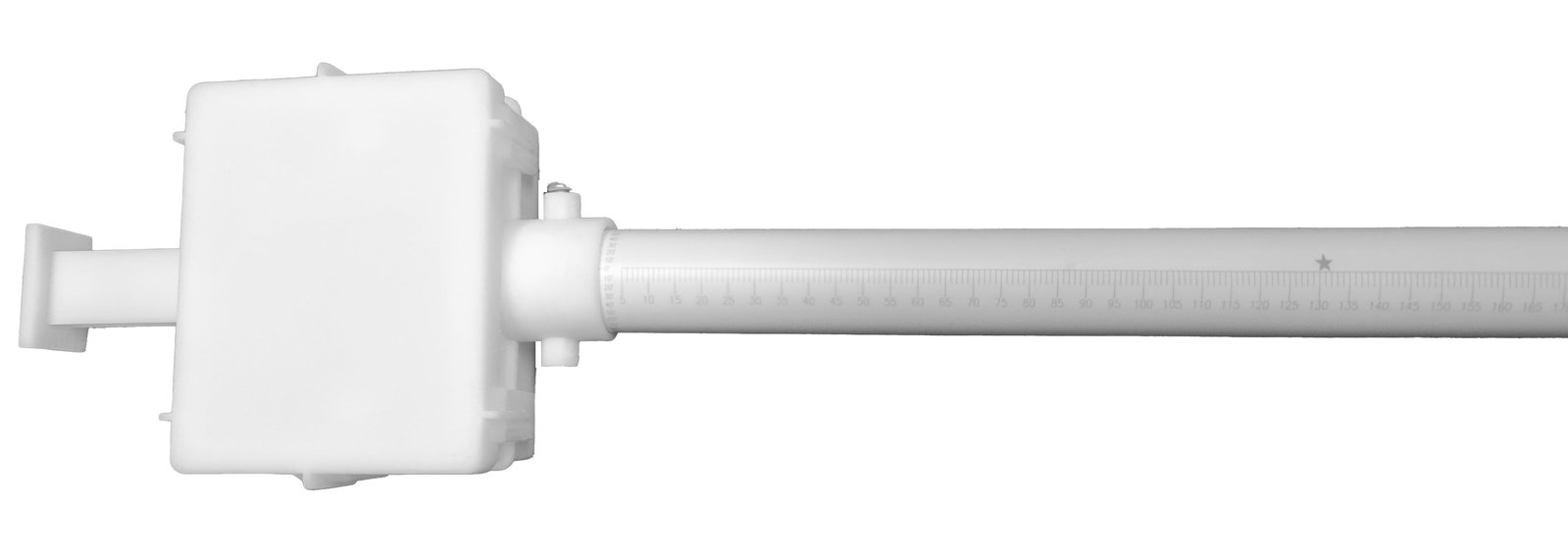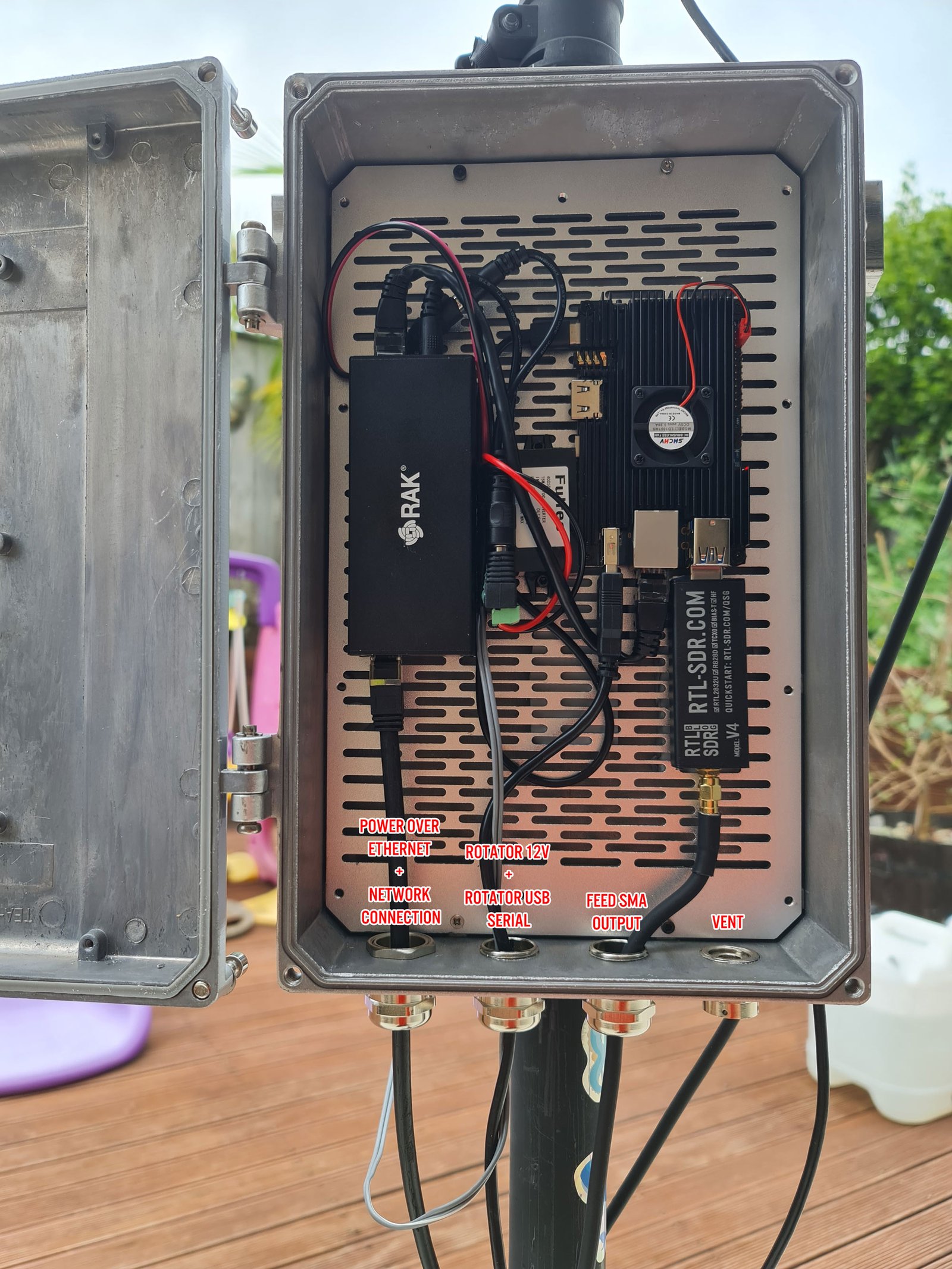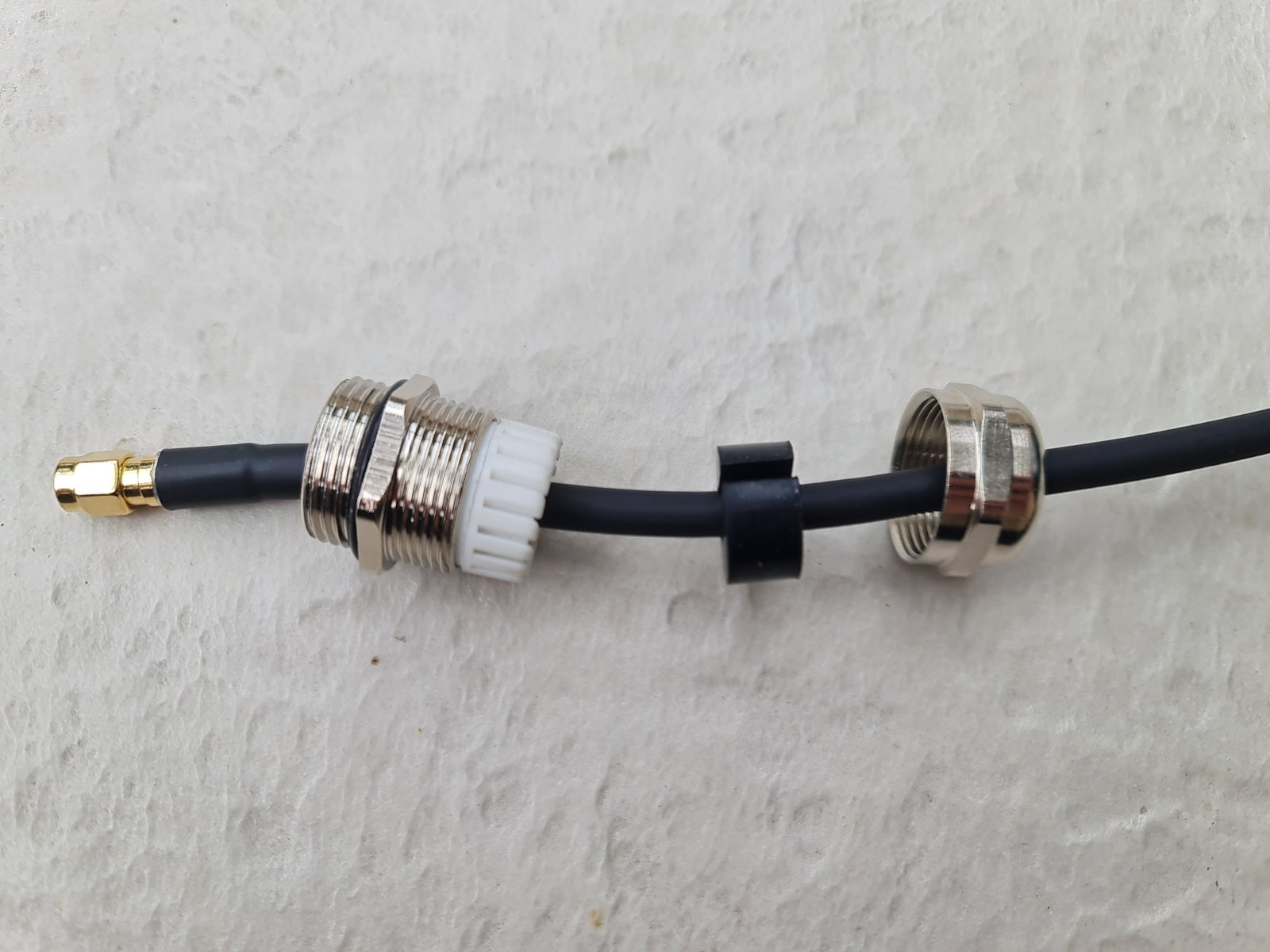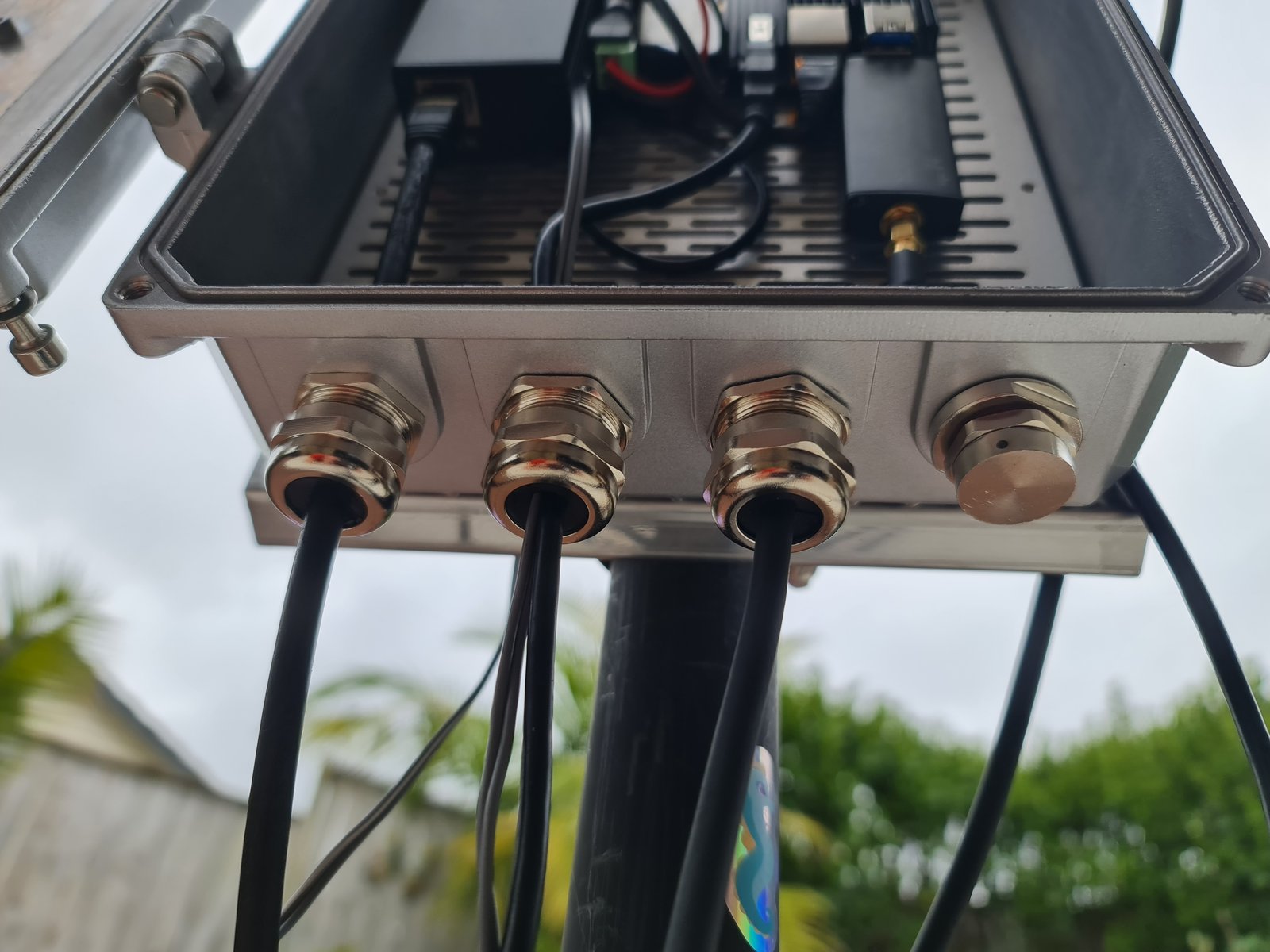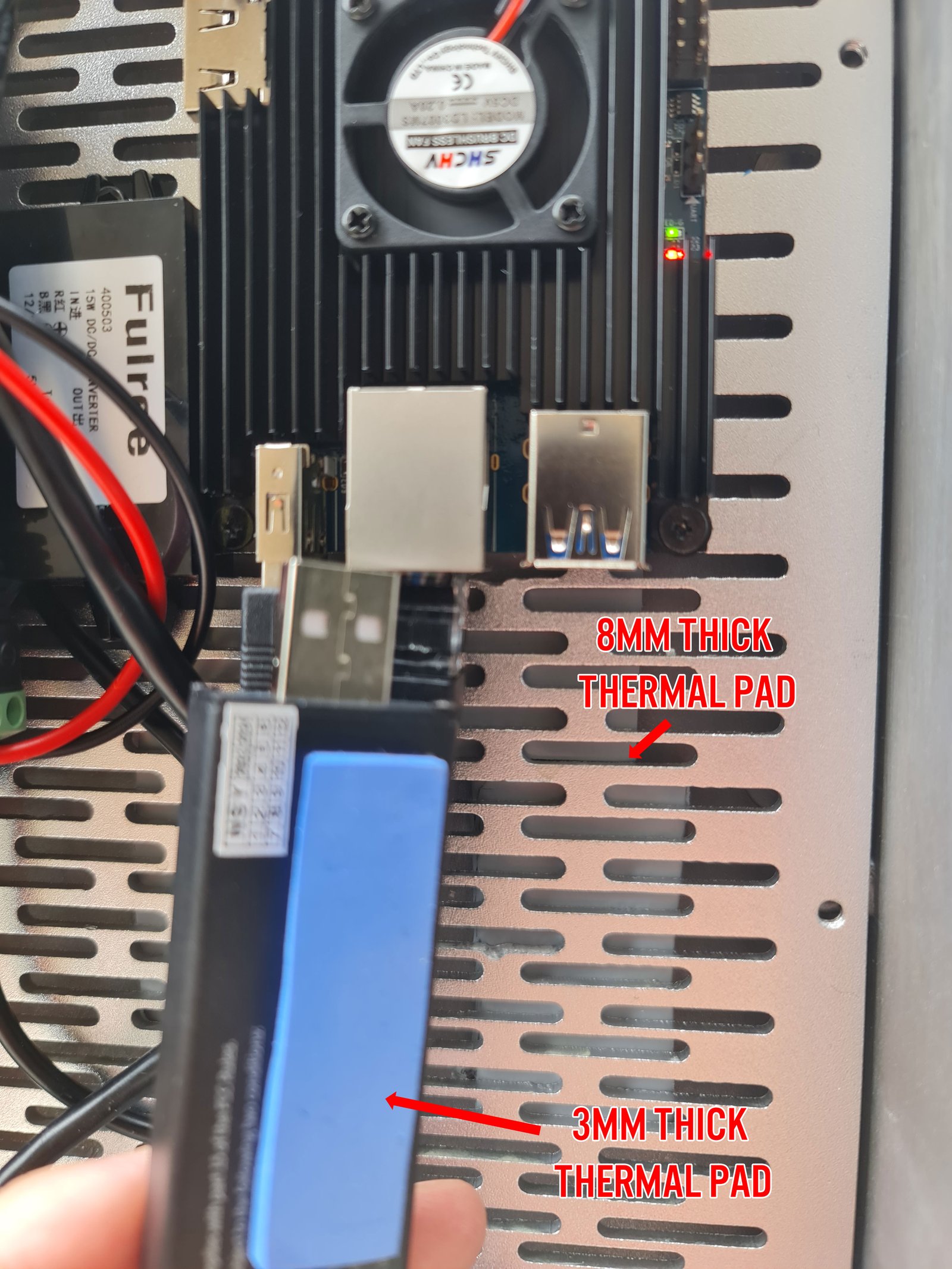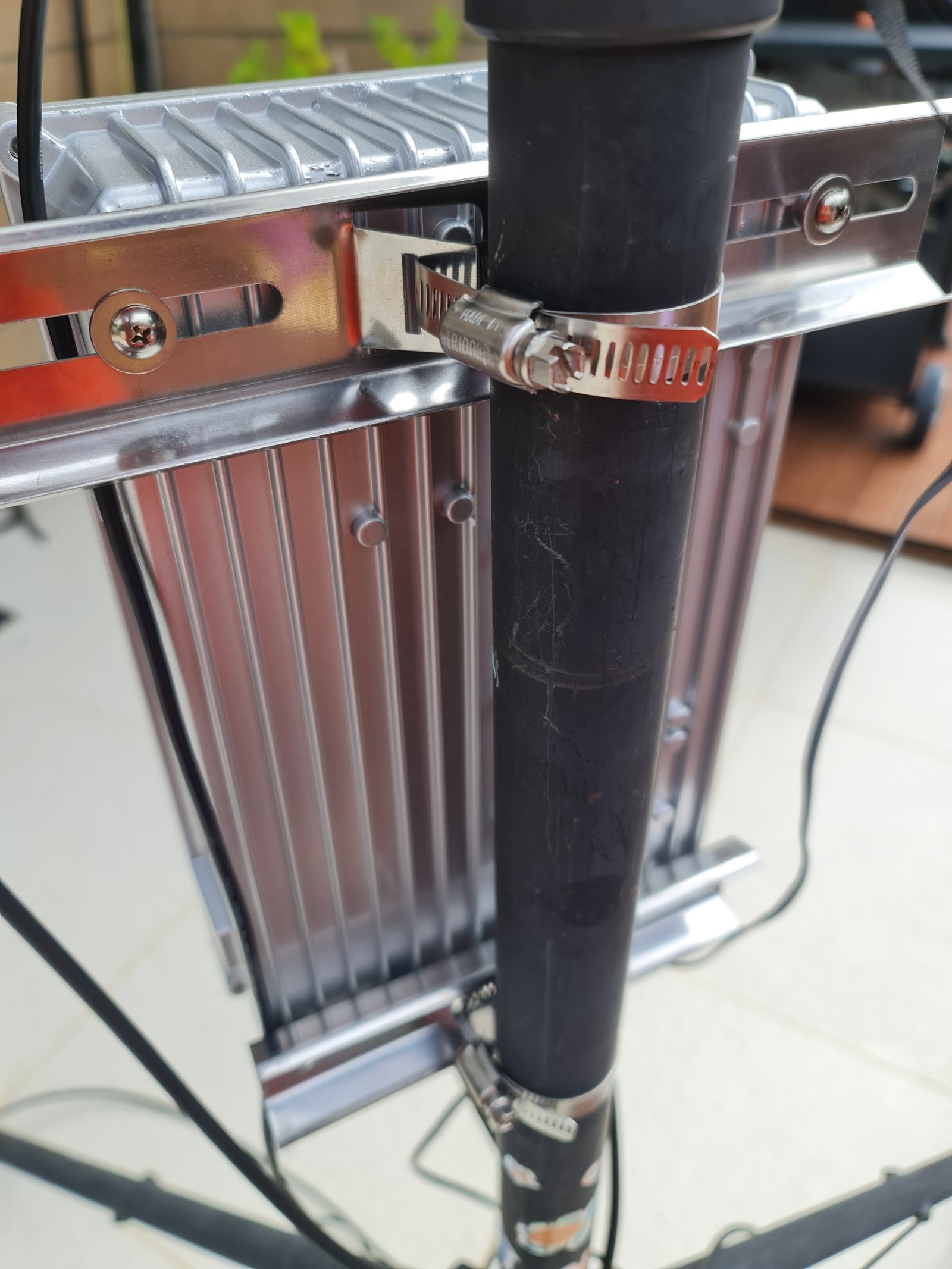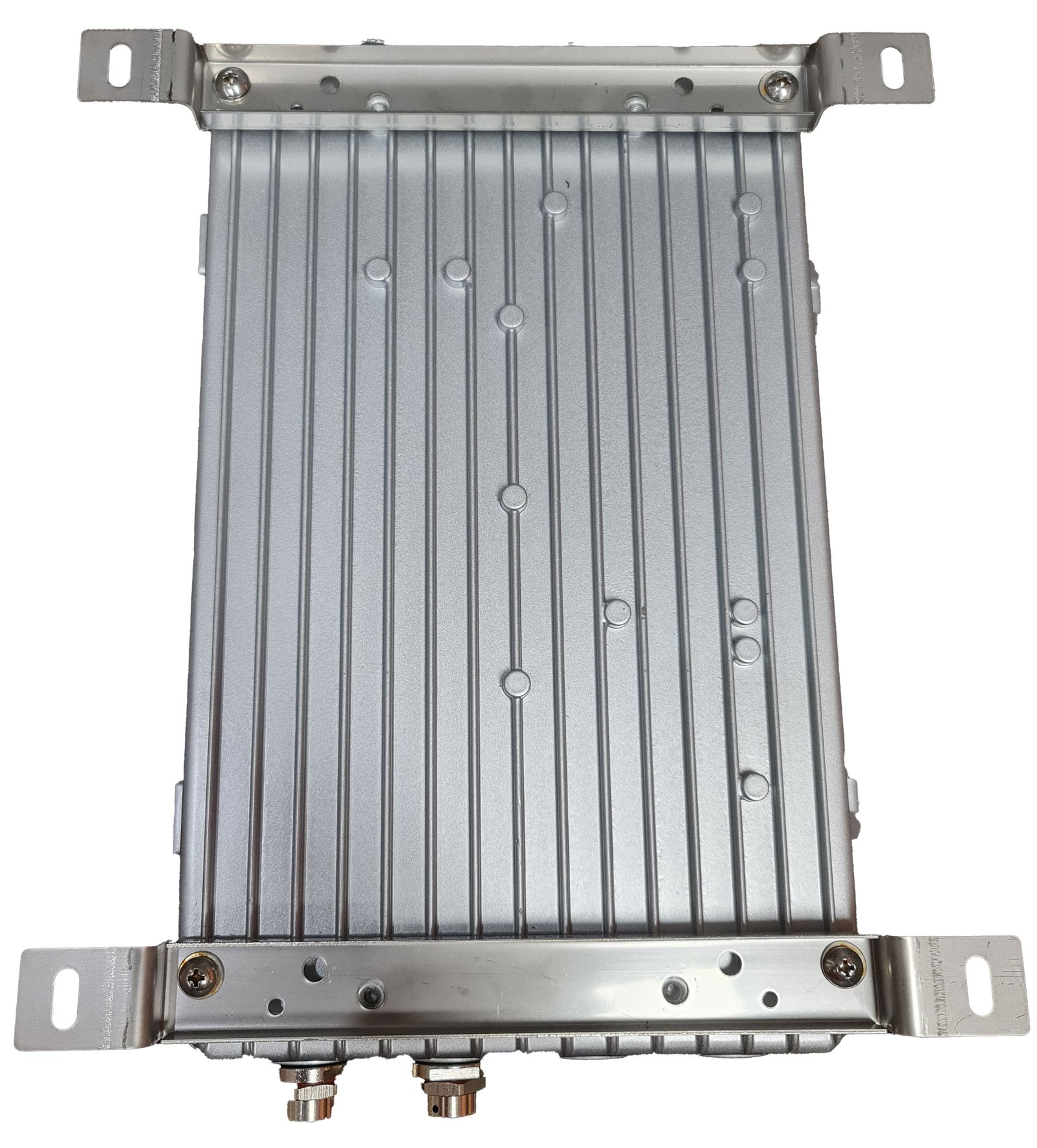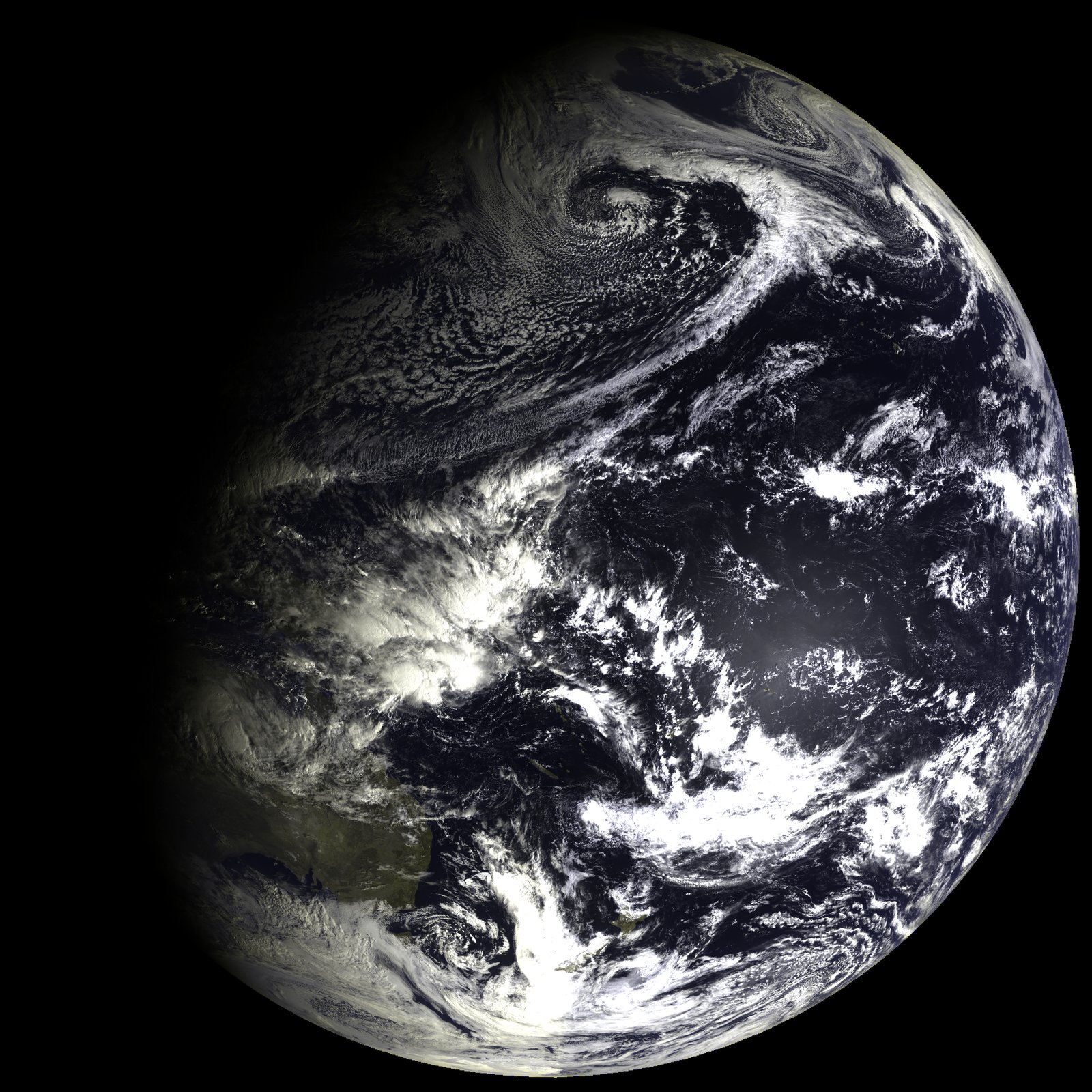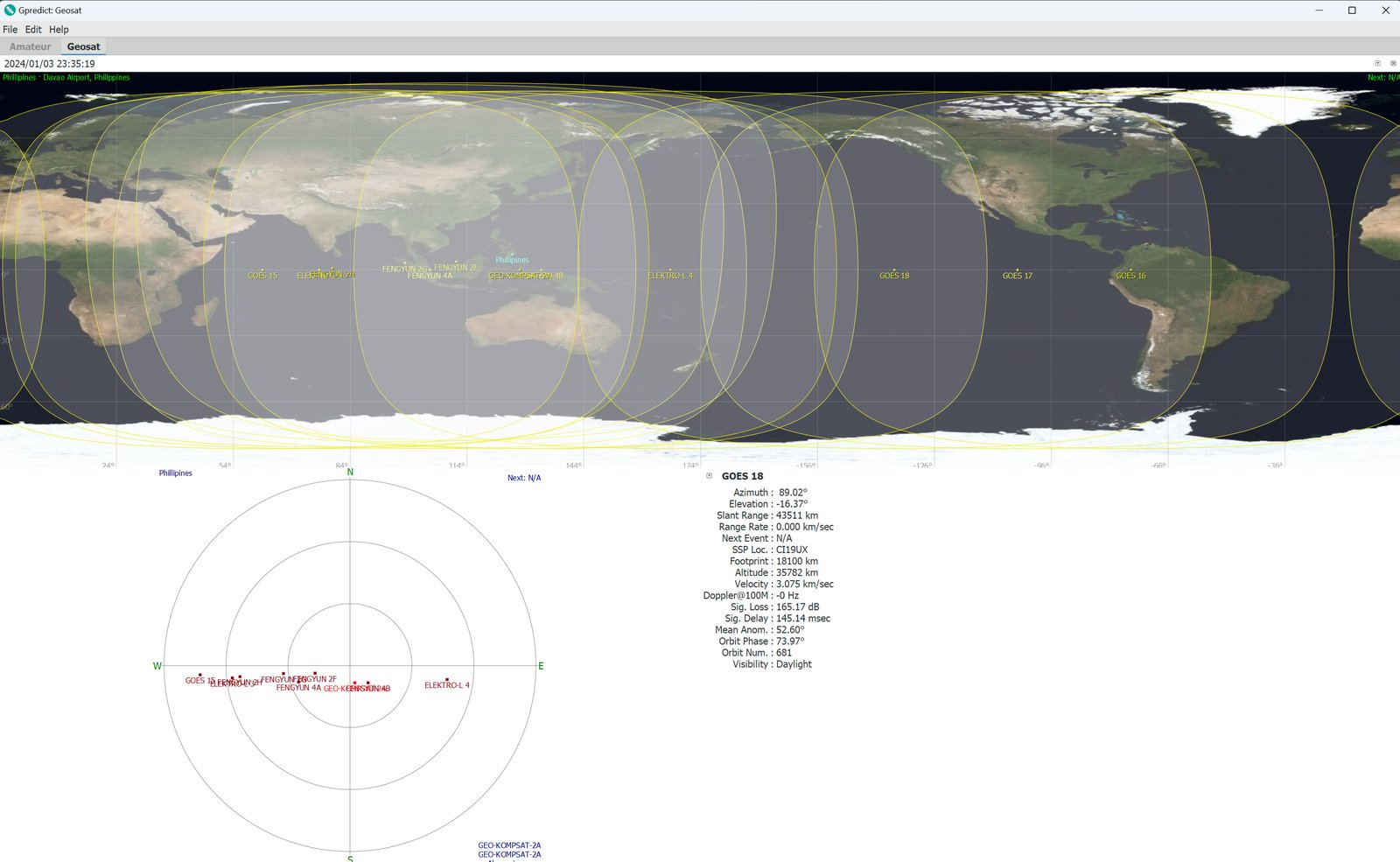Project update 5 of 9
Design Improvements, Satellite Updates, and Q&A
by KrakenRF IncWelcome to our first update in 2024 for Discovery Dish. We hope everyone has had a great holiday season!
Things are moving slowly but steadily towards the final product. Due to the looming Chinese New Year holidays, we don’t expect much to be done before February in terms of production, but from March onwards we expect to see rapid progress. In the mean time while we wait for the factories to come back online, we are tweaking the prototypes, making a few improvements, and continually testing.
Dish Update
The mold/die for the stamping machine is now being produced and we expect it to be complete within a month after the Chinese New Year holidays at the end of February. Once that is complete, we will be able to create our first production version prototypes!
Of note, there is one small change. We have decided to upgrade the dish diameter from 65 cm to 70 cm. This will help customers who have satellites at low elevations, and for some weaker power satellites. The dish will remain small enough to easily ship due to it’s three-piece petalization.
Feed + Feedarm Updates
The feedarm consists of a fiberglass pipe that can be moved in and out of the dish to select the correct focal point. This is especially useful if you want to use the feed on other dishes, which may have a totally different focal point to the Discovery Dish. To help with focal point adjustments, we are planning to laser-etch ruler markings onto the arm. We will also be etching angle markings to help with making skew adjustments.
We have also reduced the size of the feed and feed enclosure which will mean less dish occlusion.
Feed Cable Updates
We have also found a great source for an equivalent (unbranded) LMR240 coax cable, so we will be upgrading to this from RG58 as it is only a couple dollars more expensive. The coax cable loss is not as important on the Discovery Dish feed, because of the high gain from the two LNAs right at the feed. However, LMR240, while being a little thicker, is still very easy to handle and it also has the advantage of being double shielded which helps avoid problems from external interference.
Outdoor Enclosure Updates
(Please note that the electronics shown in these images are not included in the Outdoor Enclosure product)
Universal Mounting Board Update
The enclosure will come with an conductive aluminum universal mounting board that we have custom made. This has M3 slots milled throughout the board, allowing you to easily screw or cable tie down any electronics that you may wish to put inside the enclosure.
The latest design has the holes placed together as close as possible.
The image below is just an example of what you might want to mount inside your enclosure (note that the electronics are not included with the enclosure). In our setup, we have a RAK POE Splitter, which brings 12 V power and Ethernet data into the enclosure over a single Ethernet cable, a 12 V -> 5 V voltage converter, an Orange Pi 5, and an RTL-SDR. There is also space to add in a USB SSD if you want to increase the amount of storage for weather images on your device.ethernet
Included Glands and Vent Update
In one of our previous updates, we mentioned that we’d now be including some metal glands and a vent. The metal glands help maintain the integrity of the RF seal while allowing cables to pass through. The vent uses a membrane mechanism to stop water, dust, and insects entering. The membrane also helps to equalize internal pressure, and avoid dew build up.
When purchased off the shelf, these glands are designed to only pass a cable through, not any cables that are already terminated with connectors. We have refined the cable glands so they are now using a custom design that makes use of a split rubber gasket. This allows us to support thin cables with large heads like SMA, Ethernet and USB. The split ring design means that the cable head does not need to be impossibly squeezed through a tiny gasket, and can instead just be pushed on from the side.
Thermal Pads for Electronics Cooling
In the enclosure set, we’ll include a 100 mm x 100 mm square of 8 mm thermal pad and a 100 mm x 100 mm square of 3 mm thermal pad that can be cut to size and used for bonding the heat output of any internal electronics to the enclosure. The 8 mm thermal pad gets cut and placed under the universal mounting board, and the 3 mm thermal pad goes under any hot electronics going in the enclosure like the single board computer and the RTL-SDR/SDR. This allows heat to sink to the aluminum universal mounting board, and then to the enclosure which is a very large heat sink that is exposed to the outside air.
Enclosure Mounting Options
We have decided to include two options for mounting the enclosure.
The first included mount is a railing that connects to a hose clamp, which can be used to securely mount to a mast or pole. We are working on sourcing a slightly longer railing so that it can also be screwed on in the vertical position, allowing the hose clamps to mount the enclosure on horizontal bars as well.
The second included mount is a railing mount which can be used to affix the enclosure to walls.
Prototype Rotator Updates
Our low cost prototype rotator has been running outdoors with a Discovery Dish for about two months now, and it has been operating smoothly. After a few more months of testing, we should be confident enough to move forward with a production level prototype. More updates to come!
Satellite Updates
Meteor M2-4 Launch
The Russian satellite Meteor M2-4 is due to launch in late February. If successful, this will give us another polar orbiting HRPT satellite that we can receive using Discovery Dish. Meteor-M satellites have often been plagued with issues, but we’re hoping for a smooth launch and deployment!
Elektro-L4 Tests
We have been testing Discovery Dish with the Russian geostationary Elektro-L4 satellite. This satellite sends full-disk LRIT images of the earth down on a schedule of every three hours. It is unfortunately circularly polarized, so that means that Discovery Dish with it’s linear feed is at a 3 dB disadvantage.
Even so, we have been able to successfully receive images from the satellite with great success. Generally we are able to achieve 3-4 dB of SNR to this satellite (at a relatively high 40 deg elevation) with Discovery Dish. In theory an SNR value of at least 1 dB is required for Elektro-L, so this is more than enough for us to get great images, although we note that we may also be able to slightly increase the SNR with the production version of the dish.
Elektro-L3(which is visible from Europe) should also be receivable just like Elektro-L4.
Note that there currently appears to be a bug in SatDump that causes corrupted Elektro-L images in some cases on ARM devices. We are investigating to see if it can be fixed.
GOES-U / GOES-19
We are also expecting there to be a new GOES satellite launched in April 2024, codename GOES-U. It will be renamed GOES-19 when in orbit. There is no word yet on what transmitters this satellite will have, but as it is a part of the same GOES series satellites, we assume it will have the same 1.7 GHz HRIT link.
Customer Questions
You mention using your feeds with a grid antenna with a 3D printed adapter, is there an .stl available? I’d be interested in your 1.5 GHz feed horn. Thank you for your assistance.
The .stl for the adapter is currently not available, but we will make sure it is available just before the units start shipping out.
The typical SDR can receive up to about 1300 mhz. What is the actual output freq of the 3 listed down converters and conversion gains or losses? if at the 1296 freq the funcube dongle has a receive signal of 0 db I have found the Nooelec
SDRs have a sensitivity of -5 to -10 db.
A typical RTL-SDR Blog branded device or other branded RTL-SDR can receive up to 1.766 GHz without problems. Cheaper unbranded models may have problems above 1.5 GHz and they are not recommended.
The feeds don’t do any downconversion, they simply have filter and gain stages. The total gain is about 38 dB.
I’m not too sure what you are referring to with the -5 to -10 dB figure, but RTL-SDRs typically have a sensitivity of around -135 dBm, however this sensitivity does drop off very quickly above 1.5 GHz. This is why a low noise figure amplifier is required, and then one used in the Discovery Dish is very suitable.
Sir/Madam I’m very interesting your products "Discovery Dish" to used for weather, my concern is that Discovery Dish is applicable in my country Philippines, before I buy Wi-Fi grid antenna + LNA + cabling but is not working in GK-2A Sat, so please advise, this items is working in the Philippines, this is my project for school campus, thanks.
Yes, the Discovery Dish should work fine for GK-2A in the Philippines.
If you download Gpredict you should be able to see the satellites available in your area. You should also be able to receive some of the Fengyun satellites and maybe even GOES-15 if you are lucky. Elektro-L3 and L4 are also available to you.
A WiFi dish should also work, but it’s possible you had trouble with the polarization skew adjustment with the WiFi dish, since that can only adjust skew in 45 deg increments.
Below is an image showing some of the Geostationary weather satellites available to Discovery Dish users around the world, when using the L-band weather satellite feed.
